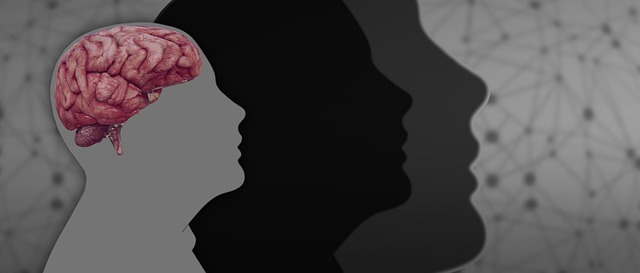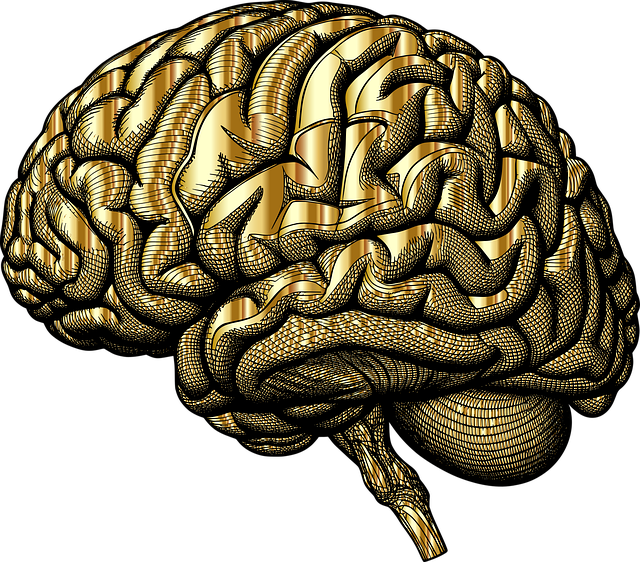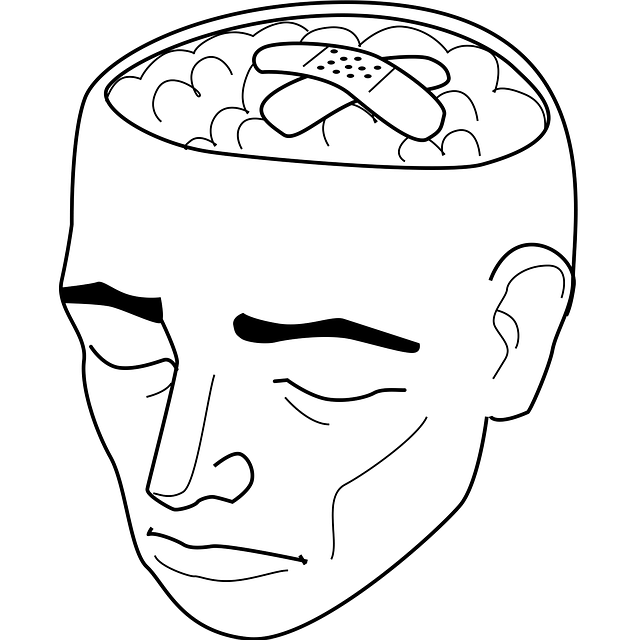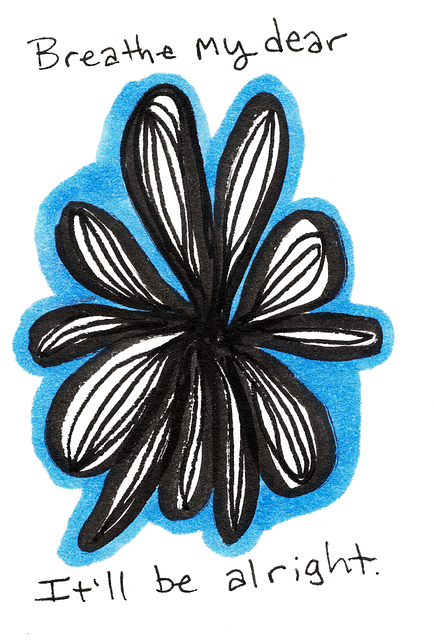Cognitive Processing Therapy (CPT) is an effective tool in mental health education, teaching individuals to challenge and modify unhelpful thought patterns, facilitating anxiety relief and promoting healthier emotional responses. Integrating CPT into educational curricula benefits both professionals and clients by offering tailored treatment plans and enhancing cultural competency for inclusive healthcare practices. A successful mental health education program blends lectures, workshops, and practical exercises like Conflict Resolution Techniques and Compassion Cultivation Practices, creating a supportive environment where students develop coping mechanisms and emotional resilience, especially beneficial for those dealing with trauma.
“Unwind the intricate web of mental health through an innovative approach—Cognitive Processing Therapy (CPT). This therapeutic technique serves as a cornerstone for our exploration of program design, focusing on enhancing cognitive functions.
In this article, we navigate the process of creating comprehensive mental health education programs. From understanding CPT’s core principles to implementing its practices, we uncover strategies for effective learning. By integrating CPT into educational frameworks, we aim to empower individuals with tools for improved mental well-being.”
- Understanding Cognitive Processing Therapy (CPT): A Foundation for Education
- Designing an Effective Mental Health Education Program
- Implementing CPT within the Education Framework
Understanding Cognitive Processing Therapy (CPT): A Foundation for Education

Cognitive Processing Therapy (CPT) is a highly effective therapeutic approach that focuses on modifying unhelpful thought patterns and behaviors. As a foundational element in mental health education programs, CPT equips individuals with the skills to understand and manage their cognitive processes. This therapy recognizes that our thoughts, feelings, and behaviors are intricately linked, and by identifying and challenging negative or distorted thinking, it facilitates anxiety relief and promotes healthier emotional responses.
Incorporating CPT into educational curricula benefits mental health professionals and healthcare providers alike. It enables them to offer more tailored and comprehensive treatment plans, enhancing their ability to support clients in managing a range of mental health concerns. Moreover, this therapy’s practical nature ensures that students gain valuable tools for risk management planning, especially when addressing trauma or challenging life events. Additionally, cultural competency training can be enhanced by teaching CPT, as it promotes understanding of diverse cognitive frameworks and facilitates more inclusive practices within the healthcare setting.
Designing an Effective Mental Health Education Program

Designing an effective mental health education program requires a holistic approach that incorporates various evidence-based practices. One such practice gaining prominence is Therapy for Cognitive Processing, which focuses on helping individuals reprocess traumatic memories and associated cognitive distortions. By integrating this therapy into educational settings, programs can empower students to develop coping mechanisms and enhance their emotional resilience.
A well-designed mental health education program should include a mix of lectures, interactive workshops, and practical exercises. Incorporating Conflict Resolution Techniques can foster healthier interpersonal interactions while Compassion Cultivation Practices promote empathy and self-awareness. These strategies collectively contribute to creating a supportive learning environment where students feel understood, valued, and equipped with the tools to navigate their mental health journeys effectively.
Implementing CPT within the Education Framework

Implementing Cognitive Processing Therapy (CPT) within an educational framework offers a powerful approach to enhancing mental health literacy and promoting emotional well-being. CPT is a highly effective therapy for individuals dealing with traumatic experiences, focusing on rewriting negative thought patterns and improving coping mechanisms. By integrating this therapy into education, students can benefit from early exposure to evidence-based practices, fostering a sense of emotional intelligence and self-awareness.
The Education Framework serves as an ideal platform to guide participants through a structured process. This involves not only teaching the theory behind CPT but also providing practical exercises such as Mental Wellness Journaling and guidance on Risk Assessment for Mental Health Professionals. Through interactive workshops and discussions, students can learn to identify and challenge distorted cognitions, ultimately leading to improved mental health outcomes.
In conclusion, integrating Cognitive Processing Therapy (CPT) into mental health education programs offers a robust framework for fostering resilience and coping mechanisms. By understanding CPT’s foundational principles, effectively designing educational content, and implementing tailored strategies, educators can empower individuals to navigate mental health challenges. This approach ensures that students gain valuable tools for emotional well-being, promoting a healthier and more supportive learning environment. With the right program design, CPT has the potential to revolutionize mental health support within educational settings.









